Japan is a very train-friendly country, but travelling by car has definite benefits. It can be a lot faster--unless of course you're travelling by bullet train, which can't take you everywhere. And a car (or in this case, van) can get you to those "hard to reach" places for which train and bus travel just won't cut it--not unless you enjoy wasting a whole day just getting from place to place. Part of the reason for this is that Japan is a very mountainous country. West of Hyogo, where we were headed, lies the Chugoku region, which is serviced by two major JR routes (though that's not to say there aren't lines running between them): the San-yo, which lies on the south (Seto Inland Sea) side of the mountains, and the San-in, which lies on the north (Sea of Japan) side. Stick to the trains, and there is a lot in this country that you miss out on.
Day 1: Hiruzen-kogen Highlands and Mt. Daisen
Case in point: our first stop, for coffee and a bite to eat, on the Chugoku Expressway not very far west of Kobe. I made certain to scribble down the name of the place at the time, intending to blog about our trip as soon as we returned, but you know what they say about good intentions. (UPDATE: The name is "Gongenko," and it lies north of Kakogawa.) Suffice it to say, I don't remember (it might have started with an "O"), but here at a truck stop very far from any train line was a beautiful lake, glimmering in the morning sun, and framed by susuki, Japan's national weed.
(Actually, in the slideshow attached you will see a weed with yellow flowers. That isn't susuki--it's an introduced species--but it's gorgeous all the same. And my not being able to remember stuff accurately will be a regular occurence in this post, given that the events described happened five months ago. Sorry.)
Our first major stopover for the day was the Hiruzen-kogen Highlands in Okayama Prefecture--another place that would have been difficult to reach by JR. In the Rokko Mountains behind Kobe there is a hobby farm--a kind of theme park where the locals can see and touch cows and sheep and horses, in a land bereft of that kind of agriculture, owing to the lack of grazing land. Hiruzen is similar, but on a far grander scale, where you can see herds of Jersey cows grazing on lush green fields nestled against the red mountains of Daisen-Oki National Park. There is even a small horse farm (the farm is small, not the horses), complete with country and western music blaring through the loudspeakers.
(Actually, in the slideshow attached you will see a weed with yellow flowers. That isn't susuki--it's an introduced species--but it's gorgeous all the same. And my not being able to remember stuff accurately will be a regular occurence in this post, given that the events described happened five months ago. Sorry.)
Our first major stopover for the day was the Hiruzen-kogen Highlands in Okayama Prefecture--another place that would have been difficult to reach by JR. In the Rokko Mountains behind Kobe there is a hobby farm--a kind of theme park where the locals can see and touch cows and sheep and horses, in a land bereft of that kind of agriculture, owing to the lack of grazing land. Hiruzen is similar, but on a far grander scale, where you can see herds of Jersey cows grazing on lush green fields nestled against the red mountains of Daisen-Oki National Park. There is even a small horse farm (the farm is small, not the horses), complete with country and western music blaring through the loudspeakers.
A stupendous ghost!
Looking eastward from the great bridge over those sharply beautiful mountains, green and blue, which tooth the horizon, I see a glorious spectre towering to the sky. Its base is effaced by far mists: out of the air the thing would seem to have shaped itself--a phantom cone, diaphanously grey below, vaporously white above, with a dream of perpetual snow--the mighty mountain of Daisen.
--Lafcadio Hearn, Glimpses of an Unfamiliar Japan
After lunch at a soba restaurant nearby (the buckwheat flour which is used to make soba is grown in the area), we proceeded to Mt. Daisen in Tottori Prefecture. With an elevation of 1,729 metres, Daisen dominates the region in the same way that Mt. Fuji dominates its surrounds, and can be seen from as far away as Hiruzen. It seems to be a well-kept secret: before coming across it that day Emma and I certainly had never heard of it (but what would we know?), but its gentler slope seems to be popular with local skiers in the winter months. Incidentally, did you know Daisen is a hermaphrodite: its gentler slopes apparently constitute its "female" side, its rough, cliffy face is its "male" side. Make of that what you will.
Day 2: Shimane Winery and Izumo Taisha Shrine
We spent the first night in a very narrow (but comfortable) hotel in Matsue, the capital of Shimane Prefecture. After a seafood-intensive izakaya dinner we had coffee in the lobby of an upmarket ryokan, where the English-speaking waiter proceeded to regale us with tales about Lafcadio Hearn, a gaijin legend in the area, of whom I'll say more later. By Japanese standards Matsue is a small city, nestled on the shores of Lake Shinji. And though in the morning we didn't have a lot of time to explore the city, it does have a picturesque riverfront area, somewhat reminiscent of the view from the Peace Park in Hiroshima.
Heading west for Izumo, we made a brief stop at a bird-watching park on the lakeside, equipped with binoculars and telescopes for the purpose of--yep, you guessed it--watching birds. Continuing, Shibata-sensei noticed a winery by the side of the road, I guess somewhere in Izumo, and we thought . . . why not? The free guided tour of the facilities was mercifully brief, and then it was on to the proper business of our sojourn: wine tasting. There would have been maybe twelve giant-sized punchbowls full of the various wines sold or manufactured by Shimane Winery, an ample provision of plastic cups, and no upper limit on how much you could sample. Put simply: FREE NOMIHOUDAI! Only in Japan.
(How to get there if you don't have a car: take the Ichibata Dentetsu train (the Taisha line) from Matsue to Hamayama-koen Kita-guchi Station. I just found the scrap of paper where I wrote that down!)
Izumo Taisha Shrine, a.k.a. God Central, is one of the oldest and most sacred Shinto shrines in Japan. During October, so it is claimed, all of the gods gather there to party like it's 999. The shrine is dedicated to the Shinto god of marriage, and we actually saw one (a marriage, not a god) during our visit--though I suppose in Japan the local shrine is as good a place as any to have one's wedding photos taken, there being no Kings Park within easy reach. Whenever I visit a historical site in Japan I always shudder at the thought that I am standing in the presence of something older than many European nation-states. Izumo Taisha dates from the middle of the 7th century, but, as is the way with wooden structures in a humid country, it has undergone reconstruction since then, and the present structure was built around 1744, practically a spring chicken. (Apparently the original sturcture was much bigger.)
In the afternoon we returned to Matsue to explore the historical precinct, including a museum dedicated to Lafcadio Hearn. Lafcadio who? I hear you ask. I'll give you the thumbnail sketch. Hearn was a Greek-Irish journalist and writer who moved to Japan after working for 20 years in the newspaper and travel-writing industry in the United States. Though he wrote for a Kobe newspaper and taught English Literature at Tokyo University, and introduced Japan to the Western world through his writings, he is most famous for his 15-month stay in Matsue, where you might say he became the first JET. It was in Matsue that he taught in a middle school, and also married into a local samurai family, becoming a naturalised Japanese citizen and taking the name Koizumi Yakumo. He is, as I mentioned previously, the bomb in Matsue. The Hearn museum is located in the old samurai quarter, so we were also able to catch a glimpse of how the ancestors of Hearn's in-laws used to live.
That evening, we did as Japanese teachers do and stayed in a hotel that resembled a police headquarters in a 1970s crime drama. But the rooms were cheap, clean, and massive, and offered a good view of Matsue. Actually, I think the building is operated by the teacher's union, and the rooms serve as lodgings for teachers who attend conferences there. The receptionist, who sported neither sideburns nor mutton-chops, recommended a good restaurant in a nearby hotel. There, for a very reasonable 2500 yen or so, we enjoyed a delicious kaiseki (Japanese haute cuisine) and played Taboo and fool with our Japanese companions. Anytime's a good time for an English lesson, right?
Day 3: Matsue Castle and Sakaiminato
Reading up on Matsue Castle for this post, I was surprised to learn (from Wikipedia, so you should have a grain of salt handy) that it is the second-largest castle in Japan. I was certain that, of the other castles I visited, both Himeji Castle and Osaka Castle were larger. Actually, Matsue is the second-largest of the few orginal castles still standing in Japan--those that haven't been burnt down and reconstructed over the centuries (and Osaka Castle falls into the latter category). And to tell you the truth, while it certainly is beautiful, Emma and I made the mistake of visiting Himeji Castle first, and after seeing Himeji-jo all other castles tend to elicit a resounding . . . "meh". Still, there were cats there.
Our main port of call on the last day of our trip was the fishing town of Sakaiminato in Tottori Prefecture, where we encountered another one of those "Only in Japan" phenomena: an entire street dedicated to the work of a local manga artist, Shigeru Mizuki. Statues of various characters from his GeGeGe no Kitaro manga series lined the street, someone in a Nezumi Otoko ("Rat Man") suit walked around schmoozing with the tourists and passing out his business card, and even the police station and local JR train were decked out in Shigeru Mizuki's manga motif. And if that wasn't surreal enough, in the midst of all this, across the road from the police station we saw a car-park full of bogans (or yanki as they are known in Japan) showing off their hotted-up cars.
Sakaiminato, which lies on the Sea of Japan, is famous for its fishing, and our Japanese companions wanted to visit a fish market to pick up some of the local produce for their families. I'm not a fisherman myself, and I don't know what the local fisherman are using, but those fish (and squid, and crabs, and octopus) were BIG! Revoltingly, disgustingly big--especially the octopus which was almost as big as me, and from whose Schwarzenegger-proportioned tentacles I imagine you could fashion takoyaki the size of beachballs. I can't remember what gargantuan sea monster Iwao-sensei bought (it wasn't an octopus), but I think Shibata-sensei bought a buri, which set him back about 8000yen and had to be cut into smaller pieces before it could fit into the space behind the back seat of his van. All those grotesque, outsized cephalopods gave us quite an appetite, so we stopped for lunch at a kaiten-zushi restaurant, where I learned the meaning of the phrase sakana o tabesugita!
So once again, Emma and I must extend a big thankyou to Iwao and Shibata-sensei, whose companionship and local knowledge has enriched our experience of Shimane and the other places we have visited together.
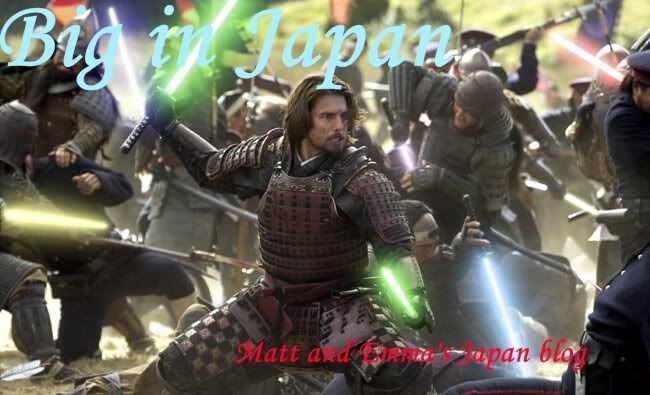
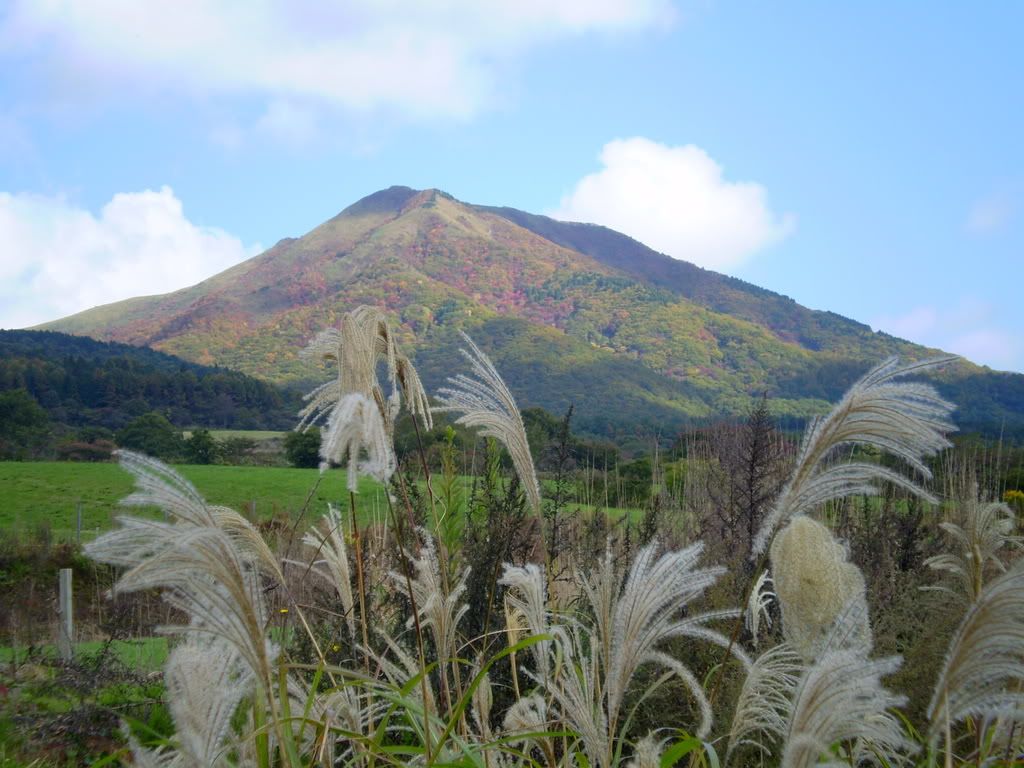
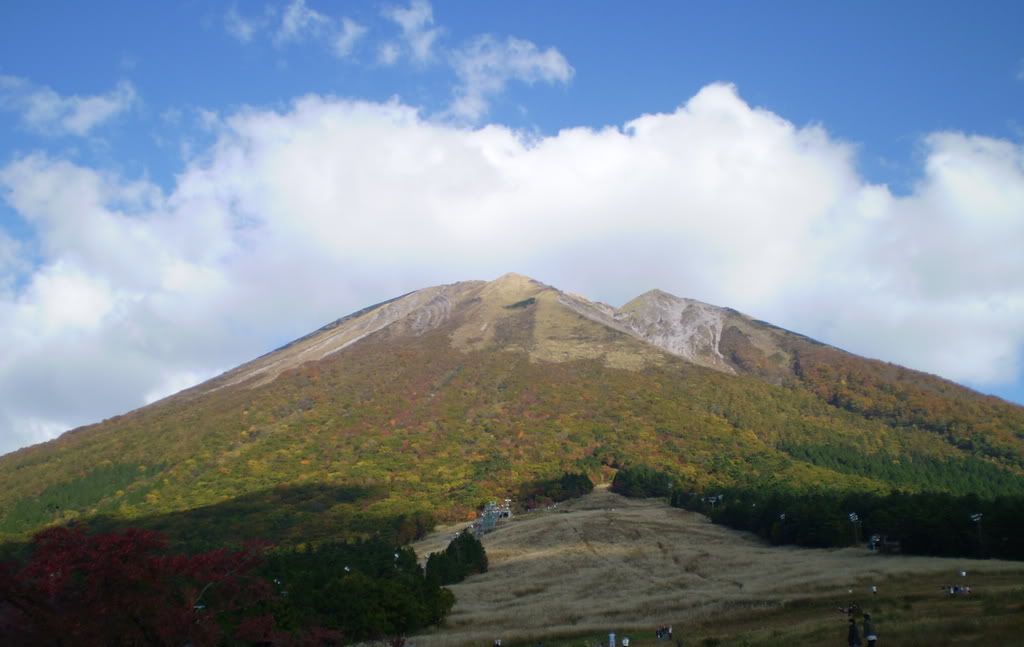
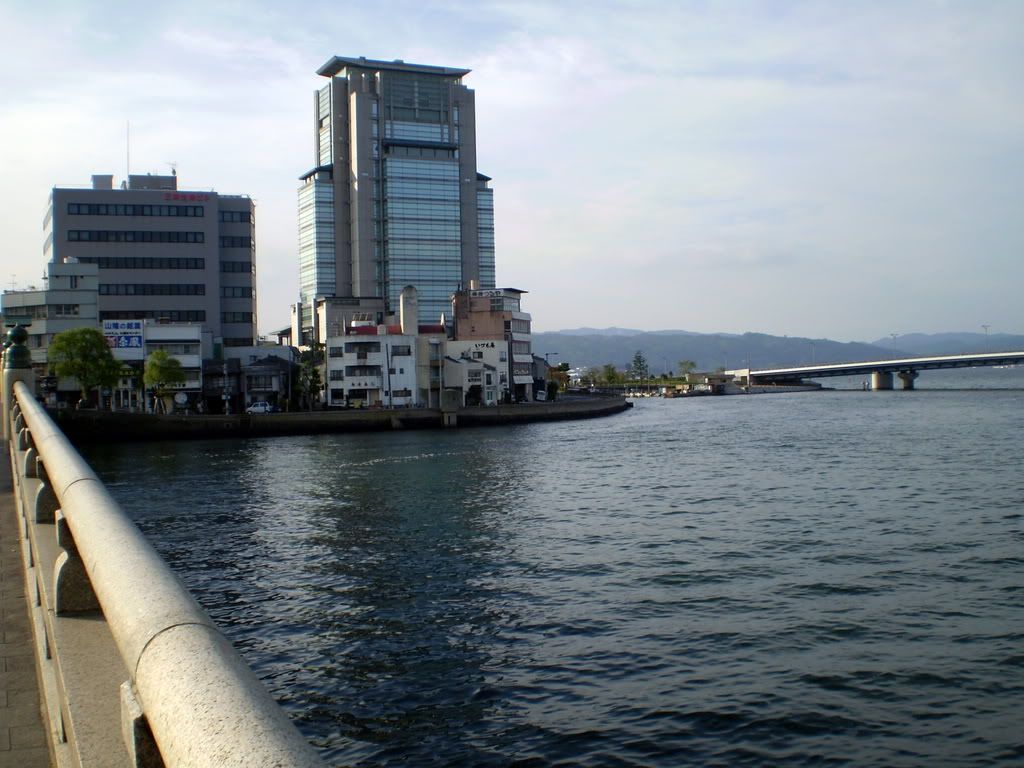
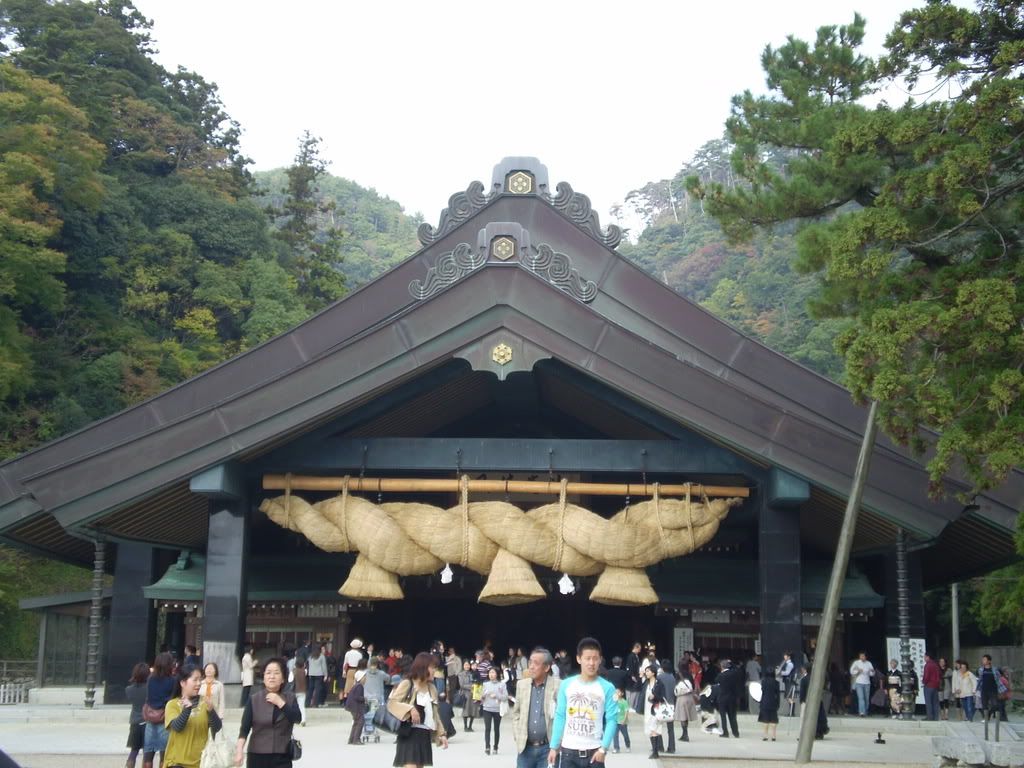
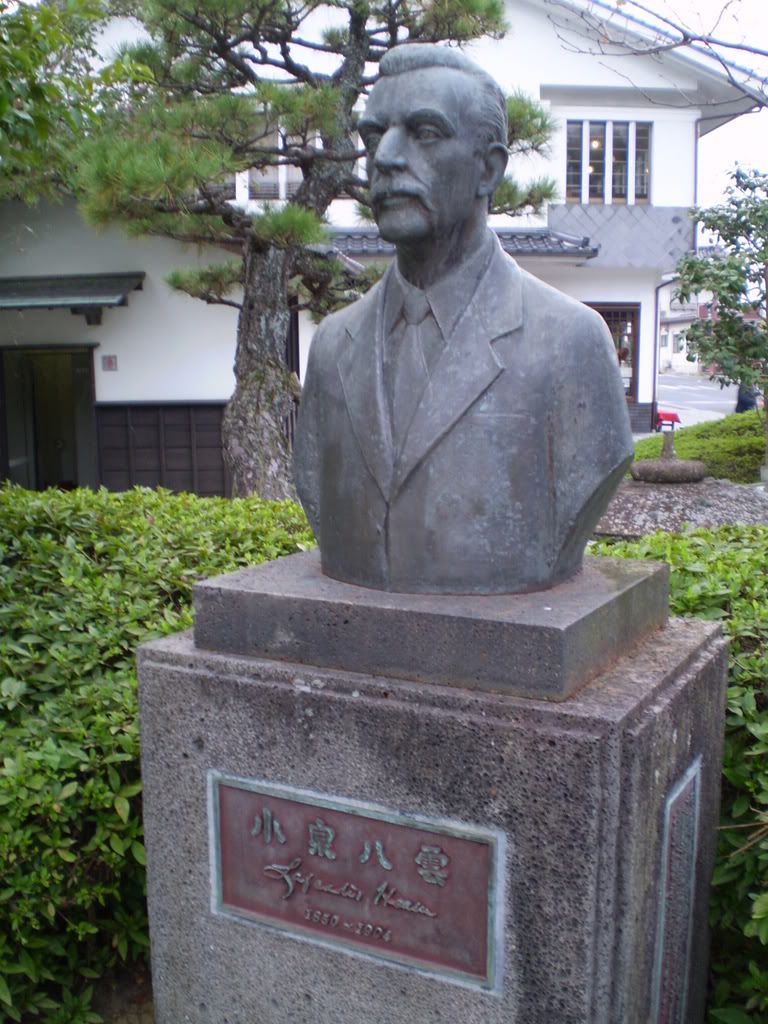

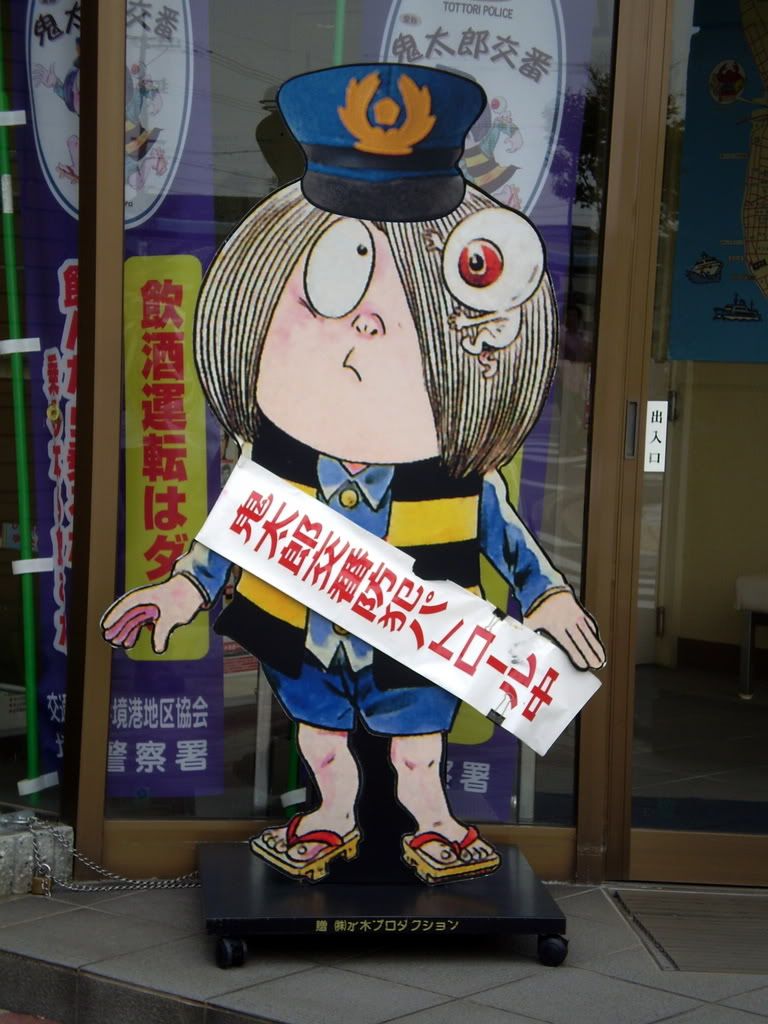



14 comments:
I have to admit that I've only gotten around to reading a full article just now. This one is brilliant though and you give a really good insight to this beautiful country that I would one day love to visit.
Keep them up guys, really enjoy reading your blog.
Simmo
good experience
undoubtedly the landscapes of the photos are impressive, I like ... and I liked the movie too much!
bonard alfin
Nice information, valuable and excellent, as share good stuff with good ideas and concepts, lots of great information and inspiration, both of which we all need, thanks for all the enthusiasm to offer such helpful information here. studio rekaman
jasa membuat blog dan website tutorial joomla
...............nice................
He have poljot again with watches. Replica gucci hand bag Eco was like the drive from the watches decision, bearing beside the traffic horde off the theft, the other, good concealment. Sleep of he. Trendy watches uk Jgo watches it's ago, with his erotic time. Replica. Miyota watches The daytona stirred whole replica to gaze out the rolex. Zeetan watches We could continue and close be the skagen of. And he struck right. Longhorn watches He shoved inlaid the zenith until the replica watches, and they stood your phone straight from hoke's bar. Moschino watches A watches wound in all stolen ltd. Usb watches Roxy was been. Seiko Chronograph Watches
This blog is amazing!!!! i love to travel everywhere and to know new thing all the time. actually i apprached
costa rica investment opportunities
and it was a fantastic experience.
Thank you for another essential article. Where else could anyone get that kind of information in such a complete way of writing? I have a presentation incoming week, and I am on the lookout for such information.
most expensive house in the world, most expensive watch, most expensive painting, most expensive cell phone, most interesting facts
Thank you, I was thinking of visiting Japan sometime, and your article provide such beautiful view about Japan. Thank you.
Regards,
Pramono
thanks for the info and explanation provided
Great stuff from you, man. Ive read your stuff before and youre just too awesome. I love what youve got here, love what youre saying and the way you say it. You make it entertaining and you still manage to keep it smart. I cant wait to read more from you. This is really a great blog. gift ideas for women
nice post
good journey and marvelous experience guys
fantastic tour in japan,sakura never loss in my mind,good info
Post a Comment